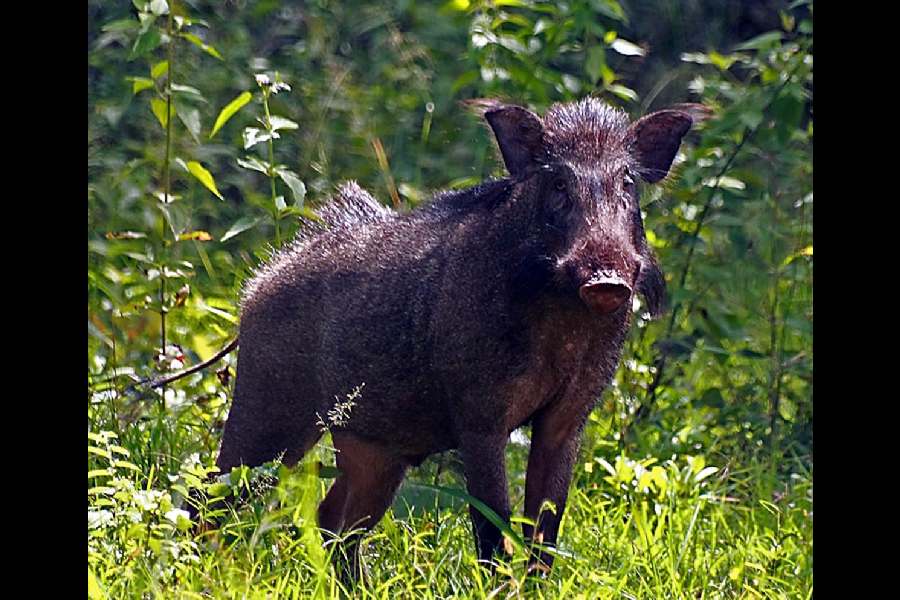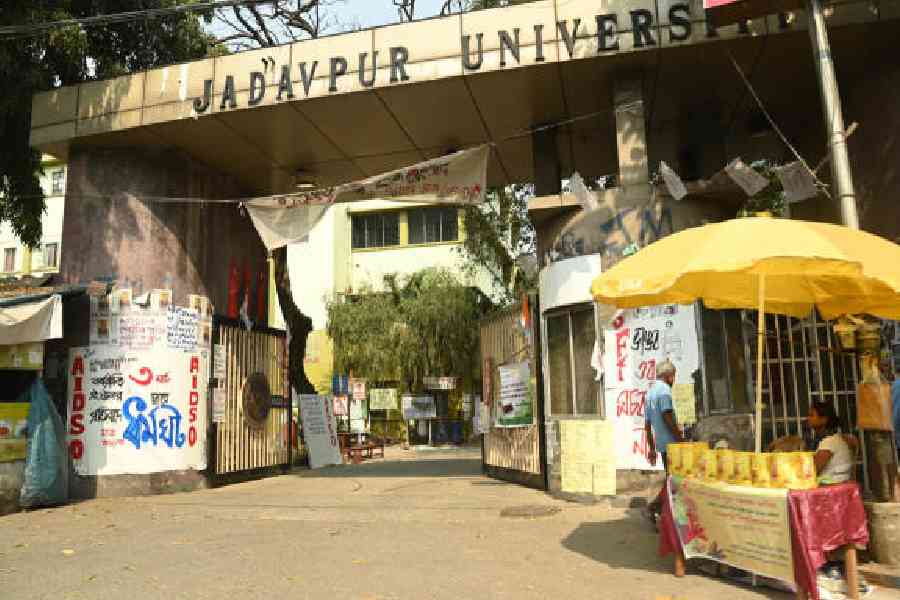A genetic study has revealed that farmers in India’s Gangetic plains who lived during the same period as the Indus Valley Civilisation domesticated wild boars — giving rise to one of the three distinct pig lineages found in the country today.
Scientists have found evidence of independent pig domestication in the Gangetic plains from around 5,000 years ago, possibly by the same farmers who began rice cultivation, challenging earlier proposals that pigs arrived in the subcontinent from elsewhere in Asia.
Their research suggests that pigs across central and northern India belong to a lineage that emerged from the domestication event in the Gangetic plains, while pigs in northeastern India form a second lineage that originated in China. Pigs on the Nicobar Islands make up the third lineage.
"Our study of the ancestry of pigs in India is an offshoot of our earlier research on the Nicobarese islanders," Gyaneshwar Chaubey, a population geneticist at the Banaras Hindu University (BHU) who supervised both studies, said.
Chaubey and his colleagues, in earlier research published last year, traced the ancestry of present-day Nicobarese islanders to Austroasiatic populations in Southeast Asia and estimated that they had arrived on the islands some 5,000 years ago.
“The new results suggest that the Austroasiatic people who had sailed into the Nicobar Islands also brought lots of pigs with them,” Chaubey said. “The pigs proliferated on the islands while remaining genetically isolated, representing a distinct lineage.”
Earlier pig genome studies by other research groups had suggested that wild boars had originated in Southeast Asia 4.5 million to 4 million years ago and spread across the rest of Asia and into Europe 2 million to 2.5 million years ago.
A combination of archaeological and genetic studies has suggested that pig domestication had occurred at multiple sites — East Asia, the Tibetan plateau, and West Asia.
In their new study, Chaubey and his colleagues analysed 239 segments of pig genomes to explore the origins and evolution of Indian pig breeds. They combined their genetic analysis with evidence from rock art and cultural practices that continue today.
The new evidence supports the theory of domestication by local farmers along the Gangetic plains during the same period as the Indus Valley Civilisation, said Shailesh Desai, a research scholar at BHU and first author of the study, published on Friday in the journal Genome Biology and Evolution.
The scientists also surveyed rock art across northern Indian sites where wild boars or pigs are depicted from around 8,000 years ago.
A field survey in the tribal areas of northern and central India suggested that the prehistoric practice of sacrificing pigs to deities continued today.
“Our findings suggest that a well-developed farming society that cultivated rice and bred pigs existed parallel to the Indus Valley Civilisation,” Chaubey said. “It is intriguing that those farmers of the Gangetic plains remain poorly understood in contrast to their contemporary farmers in the Indus Valley.”
The scientists analysed pig genome samples from Assam, Chhattisgarh, Uttarakhand, Uttar Pradesh and the Nicobar Islands, comparing them with pig genomes from elsewhere in the world. Pigs in south India were not sampled in the study and their lineage affinity remains unclear for now.
The Nicobar pigs also “illustrate the connection between animal domestication and ancient human migration patterns”, said study team member Alessandro Achilli, from the University of Pavia in Italy.











